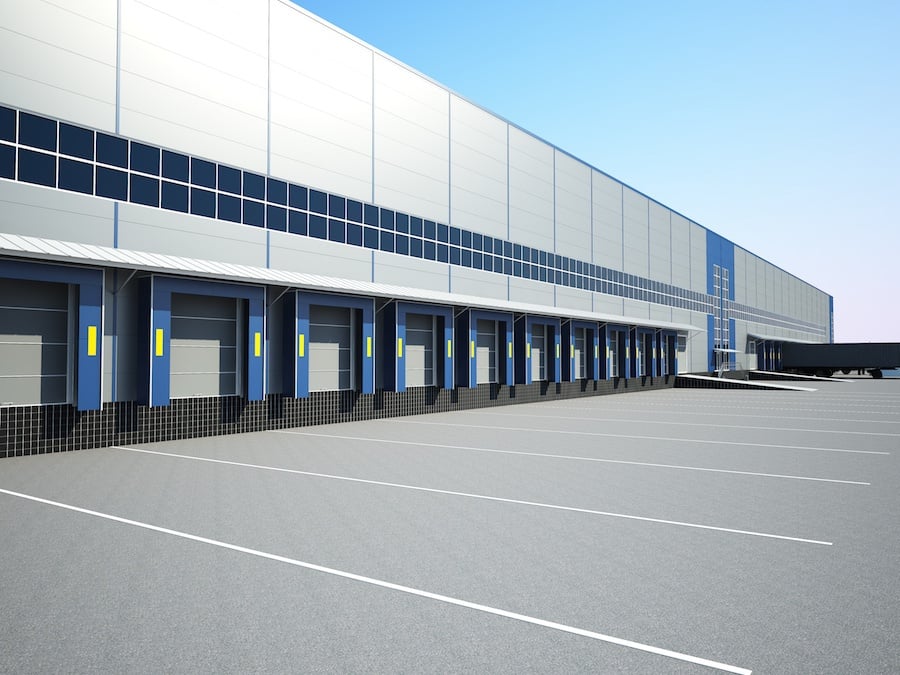
The driver shortage has earned its share of headlines recently, but it might be something of an afterthought if you aren’t directly involved in transportation. Unfortunately, the repercussions of that shortage are rippling through the logistics industry and taking aim at your supply chain, even if you don’t see them looming just yet. By being proactive, your company can fight back against these effects of the labor shortage.
Where Will I See Labor Shortage?
If your organization relies on shipping to operate, even if shipping isn’t a direct component of your sales, you will likely be affected by the labor shortage. If a driver shortage interruption causes issues with a direct vendor, imagine the amplification effect as that same disruption moves – and grows – through 2 or 3 more nodes on its way to your loading dock. That cost will likely find its way onto your invoices eventually. To state it plainly, just because your fleet is secure doesn’t mean you can passively avoid confronting the issue.
What You Can Do: Work with a third-party provider to lessen or eliminate the effort required to overcome driver shortages. A 3PL with active and flexible partnerships in the transportation and logistics industry will be better equipped to find and implement alternative measures if a route dries up. Don’t be afraid to ask questions and feel out a logistics partner if you feel like you don’t have adequate coverage with your in-house team.
Why Simply “Hiring More” Isn’t a Viable Solution
While the obvious answer might seem to be to simply onboard more drivers, the underlying issue is that the labor pool has dried up. Qualified candidates are so sought after; it’s driven up both costs and expectations—in short, it’s a seller’s (job) market. The problems are many-fold and have long been present: a lack of appeal in the trucking industry itself, “new blood” volume flagging behind retirees, and uncertainty in the industry itself, particularly with socio-political pressures like tariffs threatening established supply and trucking chains.
On the customer side of the equation, there isn’t much play regarding cost, which stifles hiring flexibility for courting the smaller pool of drivers. Mega-sellers like Amazon and their associated Prime service have driven delivery window expectations through the roof without placing much of a per order cost burden on the end consumer. The borders of delivery maps are also growing ever-outwards, slowing down coverage time even as the window demands are getting smaller and smaller.
What You Can Do: Always be conscious of your abilities—whether they’re in-house or through a 3PL partner. Better to delight a smaller number of end customers with a strong, well-compensated team than to disappoint a larger swath by overextending your resources and the patience of your employees. Prioritize talent acquisition that fits, rather than simply individuals to fill a given position. If you don’t have an individual or team devoted to finding long-term, loyal employees and staying informed on the hiring “temperature” of your industry, it’s time to make sure you do.
Drivers Aren’t the Only Vulnerable Niche

The woes of the transportation industry are a troubling template for other positions in the logistics industry, as well. The same problems keeping bodies from behind steering wheels are also having a chilling effect on turnover-prone positions. Many companies are struggling to keep labor-intensive hourly positions filled. While the shortage isn’t exactly position-specific, it is geographic-specific. Many rural warehouse locations are especially feeling the hardships of finding qualified and dedicated workers.
What You Can Do: Make sure your hiring package is competitive when held up against current offers from nearby competitors. If you can’t compete on compensation or flexibility, consider “farming out” the process by pursuing a rented warehouse—either exclusively or in a shared space facility—with on-site staff that’s already acclimated and agreeable to the commute and compensation package.
To Sum It Up
As with most challenges facing the logistics industry, staying in the know will head off a significant amount of issues before they can manifest—even ones as huge as the driver shortage. If your people are happy, your businesses processes likely are too, so make sure you aren’t overworking your team or operating with outsized expectations based on the size and experience of your labor force. Work with a 3PL to simplify the entire process and start by reading our Selecting and Managing a 3PL eBook to make sure your potential logistics partner is the right fit for your needs.
